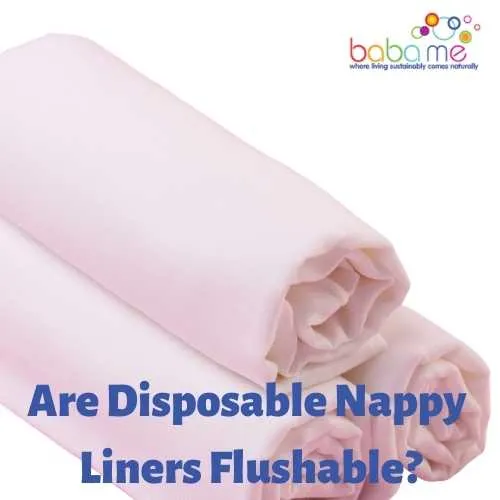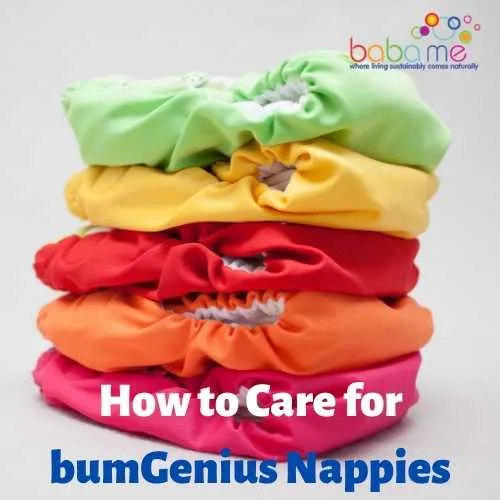While the obvious answer to this might be cloth or cotton, there is such a wide diversity of nappies on the market it’s worth looking into this further. Reusable nappies are generally made of textiles, which can either be natural or synthetic. Just like your clothes, the fabrics used in cloth nappies are wide and varied and different fabrics and each fabric will have a different task.
Fabric & textiles have changed so much since your granny’s day, and just like many other areas like sports wear, improved textiles are now employed in cloth nappies to improve performance in both absorption and drying times.
Traditional Nappies
Traditional terry nappies are made of cotton loop terry. These have gone ‘out of fashion’ now as many people prefer to use modern nappies rather than battling with pins and folds and soaking and…
Flat Nappies or Prefolds
These were the first ‘modern’ nappies back in the early 2000s. Made from very hard wearing cotton they were pre folded squares, generally in 3 with extra absorption in the centre. I remember these being introduced and marvelling at how modern they were in comparison to terries. These are still the preferred choice for nappy laundries as they can be washed at extremely high temperatures whilst being extremely durable. It takes a lot to kill a prefold nappy! Brands that sell these would include Bambino Mio, but again they have fallen out of favour as people prefer shaped, all in one nappies. However, they work well, are very very economical and will last!
Wool Nappies
Yes these exist and are loved by natural purists. They have their advantages, if you want to use a completely natural fabric wool outers make good replacements for using PUL. However, they are hard work and I must admit, not my cup of tea. They need careful washing and need to relanoised periodically. Yes I’m lazy… so if that’s your thing, go for it!
Bamboo Nappies
Bamboo nappies came into fashion in about 2007. Brands like Little Lamb Nappies started to use bamboo as a modern alternative. Whilst these are made from Bamboo, don’t be fooled by much of the marketing material. Bamboo fabric is not a natural fabric, it is a synthetic due to the heavy industrial process it has to go through to turn bamboo into a textile. It’s a real bug bear of mine that many sellers advertise these as a natural fabric, it’s not! Not that I am against bamboo, it is a very popular choice of fabric for real nappies. It’s cheap and absorbent so great to use as boosters or night nappies. However, it’s a super slow dryer so if you have limited drying facilities avoid!
MicroFibre Nappies
Microfibre nappies are super cheap and super fast absorbers. The benefits are that they are very very quick drying so ideal for those with very limited drying facilities. They do not absorb as much as cotton, bamboo or hemp so not ideal for heavy wetter but perfect for newborns which do not need much. Never put microfibre next to a baby’s skin, always make sure you have another layer between skin and it.
Hemp
I love hemp nappies, especially when mixed with cotton (hemp on it’s own can dry very hard like cardboard so works best when mixed with something to soften it). Super super absorbent, these make great choices for heavy wetters or night time and an ideal booster material. Hemp is a magic plant, we should use it more!
PUL Outers
Most nappies need an outer and this is usually made from PUL or Polyurethane Laminate Fabric. PUL is a laminate fabric comprised of 2 layers: a polyester fabric with a very thin layer of polyurethane film bonded to it.







